Toledo, a city steeped in history and culture, is often referred to as the “City of Three Cultures” due to its unique blend of Christian, Muslim, and Jewish heritage. Located just an hour from Madrid, this UNESCO World Heritage Site offers a captivating journey through medieval streets, magnificent architecture, and rich traditions. In this detailed guide, we’ll explore the best places to visit in Toledo, Spain, ensuring you experience the city’s most iconic and enchanting attractions.
1. Alcázar of Toledo

The Alcázar of Toledo is a dominant fortress that sits atop the highest point in the city. This impressive structure has served various roles throughout history, including a royal palace, military academy, and fortress.
- Army Museum: The Alcázar houses the Army Museum, featuring an extensive collection of military artifacts, weapons, and exhibits detailing Spain’s military history.
- Panoramic Views: Climb to the top for breathtaking views of Toledo and the surrounding countryside.
- Architectural Marvel: The Alcázar’s architecture showcases a mix of styles, reflecting its various reconstructions over centuries.
Tips for Visiting
- Early Arrival: Arrive early to avoid crowds and enjoy a quieter exploration.
- Guided Tours: Consider a guided tour to fully appreciate the historical significance and stories behind the fortress.
- Photography: Don’t forget your camera to capture the stunning views from the top.
2. Toledo Cathedral (Catedral Primada)
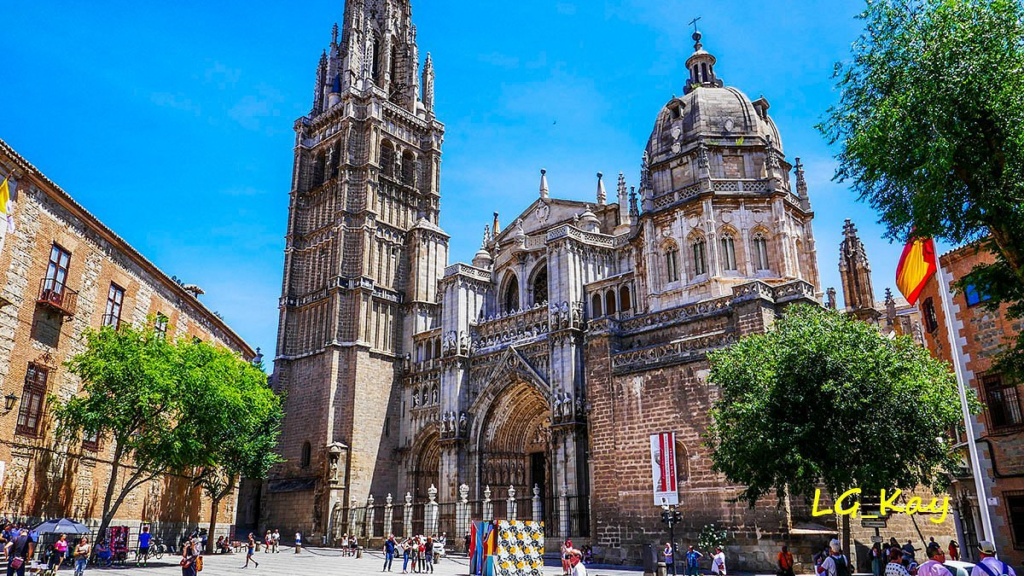
Toledo Cathedral, also known as the Primate Cathedral of Saint Mary, is one of Spain’s most magnificent Gothic structures. Construction began in 1226 and continued for over two centuries, resulting in a masterpiece of medieval architecture.
- Main Chapel (Capilla Mayor): Adorned with a stunning altarpiece that depicts scenes from the life of Christ.
- Sacristy: Houses an impressive collection of artworks, including masterpieces by El Greco, Goya, and Velázquez.
- Choir Stalls: Intricately carved wooden stalls depicting scenes from the Reconquista.
- Treasury: Home to the stunning Monstrance of Arfe, a 10-foot tall gold and silver piece used in the annual Corpus Christi procession.
Tips for Visiting
- Audio Guide: Rent an audio guide to gain deeper insights into the cathedral’s history and art.
- Dress Code: Remember to dress modestly as it is a place of worship.
- Time Your Visit: Visit early in the morning or late in the afternoon to avoid peak tourist times.
3. Monastery of San Juan de los Reyes
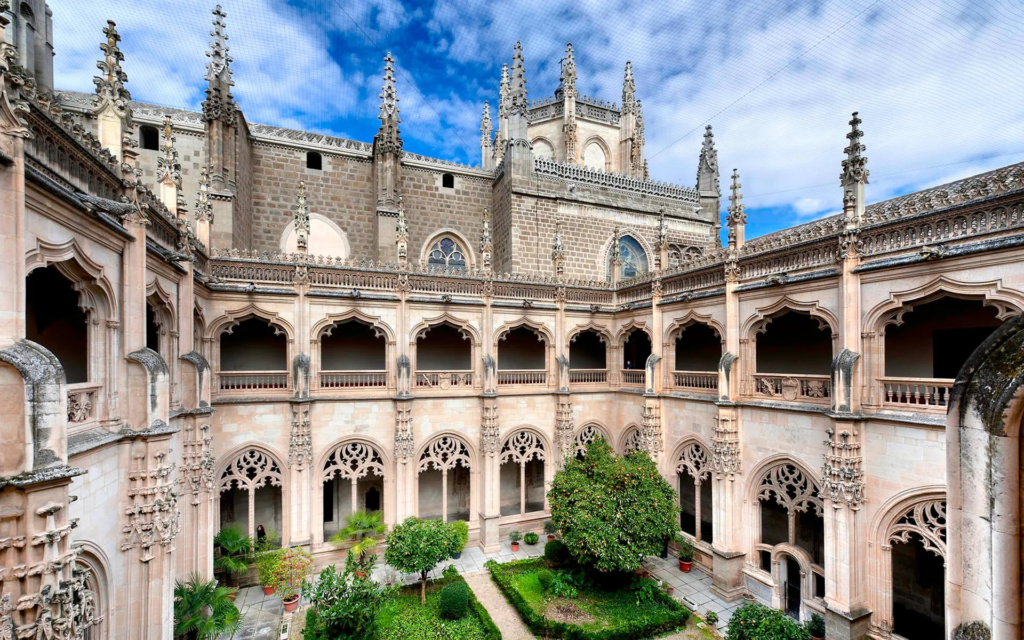
Commissioned by Queen Isabella I in the 15th century, the Monastery of San Juan de los Reyes is a stunning example of Gothic architecture with Mudejar influences. It was built to commemorate the victory of the Catholic Monarchs in the Battle of Toro.
- Cloister: The two-story cloister is a peaceful retreat with beautiful gardens and intricately designed arches.
- Church: The church’s ornate interior includes impressive altars, statues, and ceiling vaults.
- Chains: The exterior is adorned with chains that once held Christian prisoners, symbolizing their liberation.
Tips for Visiting
- Quiet Reflection: The monastery offers a serene environment, perfect for quiet reflection and relaxation.
- Photography: The cloister and church interiors provide excellent opportunities for photography.
- Historical Context: Learn about the historical significance of the Battle of Toro and the monastery’s role in it.
4. El Greco Museum

Dedicated to the life and works of the famous painter El Greco, this museum is housed in a beautiful 16th-century building. It showcases many of his masterpieces alongside exhibits about his life in Toledo.
- El Greco’s Works: The museum boasts an impressive collection of El Greco’s paintings, including “The Apostles” and “View of Toledo.”
- Historical Artifacts: Explore artifacts from El Greco’s time, providing insight into his life and the period he lived in.
- Gardens: The museum’s gardens are a tranquil spot to relax and reflect on the artwork.
Tips for Visiting
- Guided Tour: A guided tour can enhance your understanding of El Greco’s influence and his artistic techniques.
- Combination Tickets: Consider purchasing a combination ticket that includes entry to other museums in Toledo.
- Museum Shop: Visit the museum shop for unique souvenirs and prints of El Greco’s work.
5. Synagogue of Santa María la Blanca

The Synagogue of Santa María la Blanca, built in the 12th century, is one of the oldest synagogues in Europe still standing. Its unique design features Mudejar-style architecture, blending Islamic, Christian, and Jewish elements.
- Architecture: The synagogue’s interior is characterized by whitewashed arches, intricate stucco work, and beautiful columns.
- Historical Significance: It serves as a testament to Toledo’s rich Jewish heritage and the coexistence of different cultures.
- Exhibits: The synagogue occasionally hosts exhibits about Toledo’s Jewish history and culture.
Tips for Visiting
- Quiet Visit: Visit during off-peak hours for a quieter and more reflective experience.
- Historical Context: Take time to learn about the significance of the synagogue and its place in Toledo’s history.
- Photography: The beautiful interiors make for stunning photographs, but be respectful of the sacred space.
6. Mosque of Cristo de la Luz

Originally built as a mosque in 999 AD, the Mosque of Cristo de la Luz is one of the best-preserved examples of Mudejar architecture in Spain. It was converted into a church in the 12th century.
- Architecture: The mosque features stunning horseshoe arches, decorative brickwork, and a beautiful apse added during the Christian conversion.
- Historical Artifacts: Discover remnants from both the mosque and church periods, showcasing the building’s rich history.
- Gardens: The surrounding gardens provide a peaceful setting to reflect on the building’s unique blend of cultural influences.
Tips for Visiting
- Historical Significance: Read about the mosque’s history to fully appreciate its cultural importance.
- Photography: Capture the unique architectural details and the serene gardens.
- Combine Visits: The mosque is close to other attractions, making it easy to visit multiple sites in one trip.
7. Zocodover Square
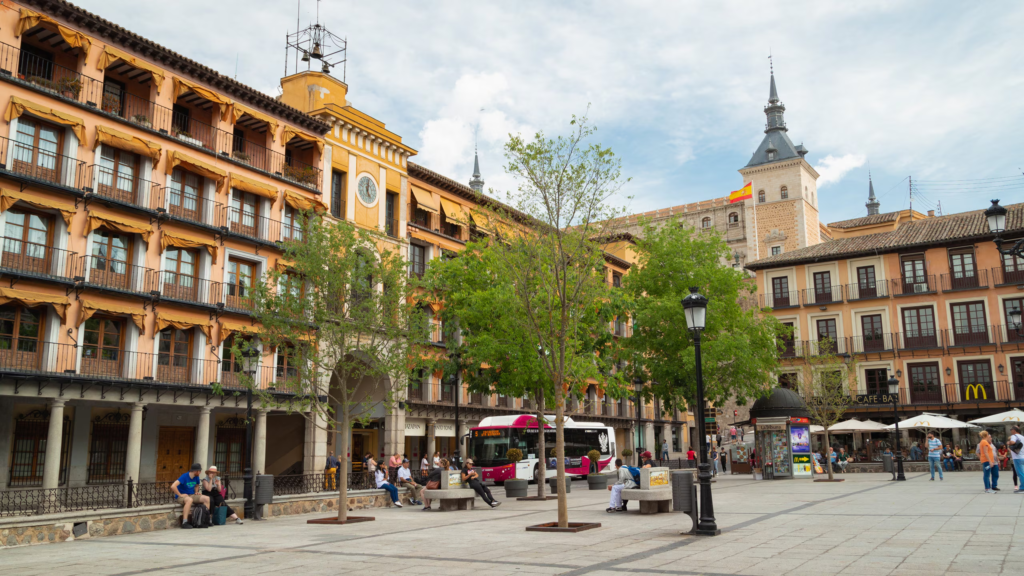
Zocodover Square is the heart of Toledo’s social and cultural life. This historic square has been a central meeting place for centuries and is surrounded by charming buildings, shops, and cafes.
- Vibrant Atmosphere: Enjoy the lively atmosphere and watch street performers, artists, and locals going about their day.
- Cafes and Restaurants: Sample traditional Spanish cuisine at one of the many cafes and restaurants around the square.
- Shopping: Explore shops selling local crafts, souvenirs, and traditional Toledo steel products.
Tips for Visiting
- Evening Visit: The square is particularly vibrant in the evening when locals gather to socialize.
- Dining: Try local specialties such as marzipan, a sweet treat that Toledo is famous for.
- Events: Check if there are any events or festivals taking place during your visit, as the square often hosts cultural activities.
8. Puente de San Martín

The Puente de San Martín is a medieval bridge that spans the Tagus River, offering stunning views of Toledo’s skyline and the surrounding landscape. Built in the 14th century, it is an architectural marvel with its five arches and defensive towers.
- Scenic Views: Enjoy panoramic views of Toledo, the river, and the countryside from the bridge.
- Architectural Beauty: Admire the bridge’s Gothic design and its impressive stonework.
- Photography: The bridge is a popular spot for photography, especially at sunset.
Tips for Visiting
- Best Time to Visit: Visit early in the morning or late in the afternoon for the best lighting and fewer crowds.
- Combine Visits: The bridge is close to other attractions, such as the Monastery of San Juan de los Reyes, making it easy to explore multiple sites.
- Safety: Be cautious if visiting at night, as the area can be less crowded and dimly lit.
9. Museo de Santa Cruz
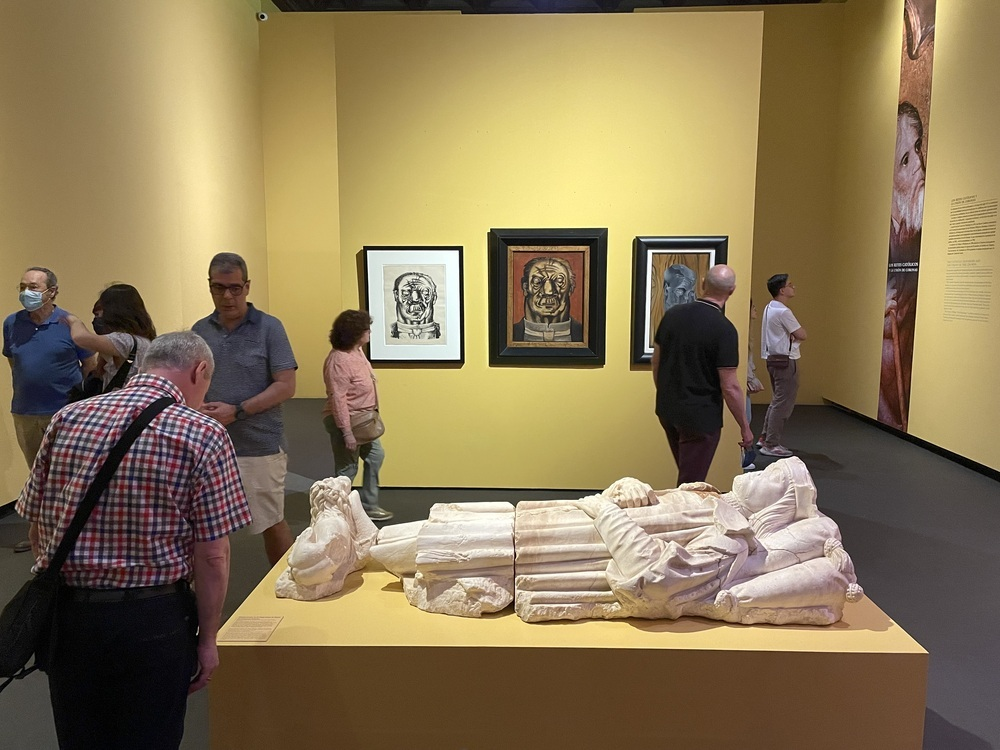
The Museo de Santa Cruz is housed in a former hospital and monastery, showcasing an impressive collection of art, archaeology, and decorative arts. The museum’s exhibits span from the Roman period to the Renaissance.
- Art Collection: The museum features works by El Greco, along with paintings, sculptures, and tapestries from various periods.
- Archaeological Exhibits: Explore artifacts from Toledo’s Roman, Visigothic, and Moorish past.
- Decorative Arts: Discover beautiful ceramics, textiles, and furniture that highlight Toledo’s artistic heritage.
Tips for Visiting
- Guided Tours: Take a guided tour to gain a deeper understanding of the exhibits and the museum’s history.
- Temporary Exhibits: Check for temporary exhibits that may be on display during your visit.
- Museum Shop: Visit the museum shop for unique souvenirs and books about Toledo’s history and art.
10. Mirador del Valle
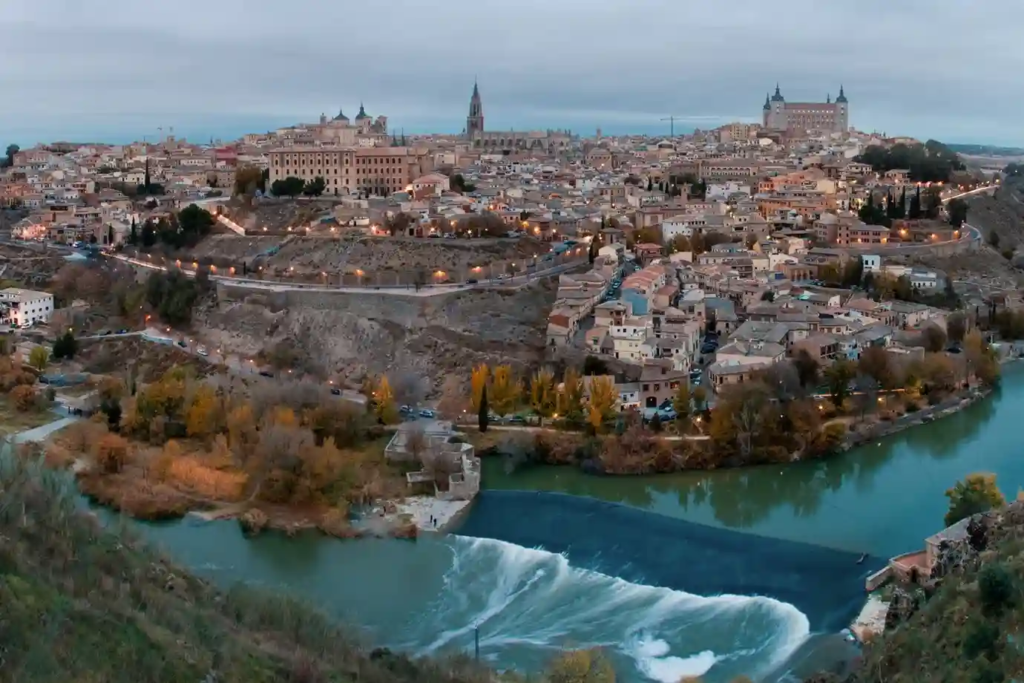
For the best panoramic views of Toledo, head to the Mirador del Valle. This viewpoint offers a breathtaking vista of the city’s historic skyline, the Tagus River, and the surrounding landscape.
- Stunning Views: Capture the perfect postcard-worthy shot of Toledo from this vantage point.
- Scenic Drive: The drive to the viewpoint takes you through picturesque landscapes and provides additional photo opportunities.
- Relaxation: Enjoy a peaceful moment away from the city’s hustle and bustle, taking in the beauty of the area.
Tips for Visiting
- Best Time to Visit: Sunset is the best time to visit for the most dramatic lighting and stunning views.
- Transport: Consider taking a taxi or driving to the viewpoint, as it’s located outside the city center.
- Photography: Bring a camera with a good zoom lens to capture the detailed views of the city.
Read this article Spain : Top 30 visited Spain cities of all time



